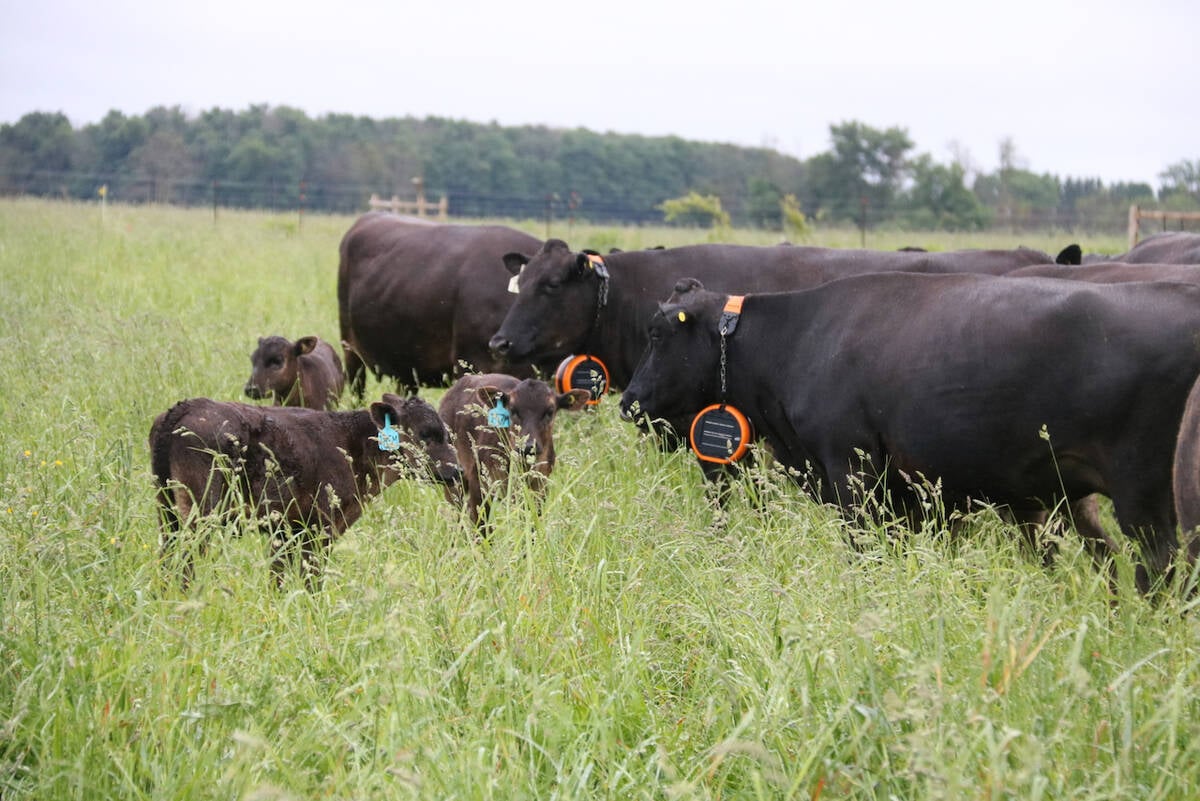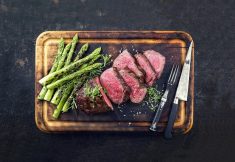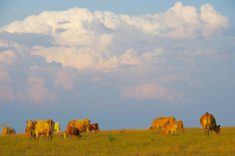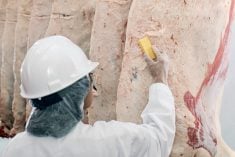When one thinks about Spanish cuisine, one of the first things that come to mind is the remarkable array of fish and seafood that you see on every restaurant menu and in every food market. As you know, seafood paella is Spain’s great dish to the world.
But Spain also produces remarkable meat products, notably its Serrano and Iberico hams. Prized by ham lovers the world over, these hams are dry-cured after being submerged in a salt brine for two weeks to drain as much moisture out of the meat as possible. Virtually every meat store and food hall in Spain has dozens of these hams hanging above the counter, and they are quite a sight.
However, a recent 10-day trip to Spain made me realize that Spain also has a vibrant and advanced cattle/beef industry, as well as a thriving goat industry. I ate the latter at an isolated restaurant in the Pyrenees and it melted in my mouth.
Read Also

Connecting marbling scores in Japanese and Canadian grading systems
Research into whether Canadian marbling scores can predict Japanese marbling scores
As I drove into the mountains, I saw numerous beef cattle herds, some of which appeared to be Charolais but were more likely to be one of the 49 native beef breeds that Spain has. I saw thousands of round hay bales standing in what were often fields of no more than a few acres. I also saw ultra-modern feeding barns, whose roofs no doubt give respite to the cattle from the blazing sun. I won’t presume to make any conclusions after what was just a cursory glimpse but it appeared that the Spanish cattle and beef industry is thriving and is an important part of the country’s overall economy. But it is also in transition.
In a recent report, USDA said that after years of increased production of animal protein, Spain is taking a different approach to the livestock sector. The Spanish livestock sector’s strategy is now focused on a more controlled expansion and diversification of export markets. The overall Spanish meat sector, including cattle and swine, is willing to invest around US $3.63 billion, partially through the European Union (EU) Next Generation funds, to improve animal welfare, sustainability, efficiency and modernize the sector.
Spanish livestock production contributes more than US$17 billion to the country’s agricultural production, while Spain’s meat industry has a turnover of more than US$30 billion, says USDA. This represents 22.6 per cent of the total Spanish food industry, making it the leading sector with exports of US$10.4 billion. However, the new approach may lead to a contraction in livestock inventories for 2022, as producers are looking to minimize the environmental impact and find alternative export markets to China.
Like Canada, Spain very much depends on beef exports. In 2020, Spain’s exports grew four per cent to 231,000 metric tonnes and US$903 million, mainly fueled by an eight per cent rise in exports to the EU, especially to Italy and Greece. In 2020, Spain exported 85 per cent of its beef to other EU member states, mainly to the Mediterranean countries, says USDA.
Additionally, since 2020, Spanish beef exports experienced significant increases to Canada (although USDA gave no data on the volumes), Indonesia, Vietnam and Hong Kong. According to the Spanish beef industry, in 2020 Spanish beef exports experienced a change in trade flow from North Africa to new markets. Additionally, the Spanish beef sector is still working to open China and South Korea. According to industry sources, Spanish beef exports to non-EU markets were expected to rebound to normal levels in 2021, and continue with its positive trend in 2022, says USDA. Canada can expect more beef from Spain.
















